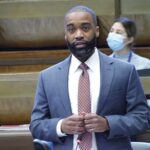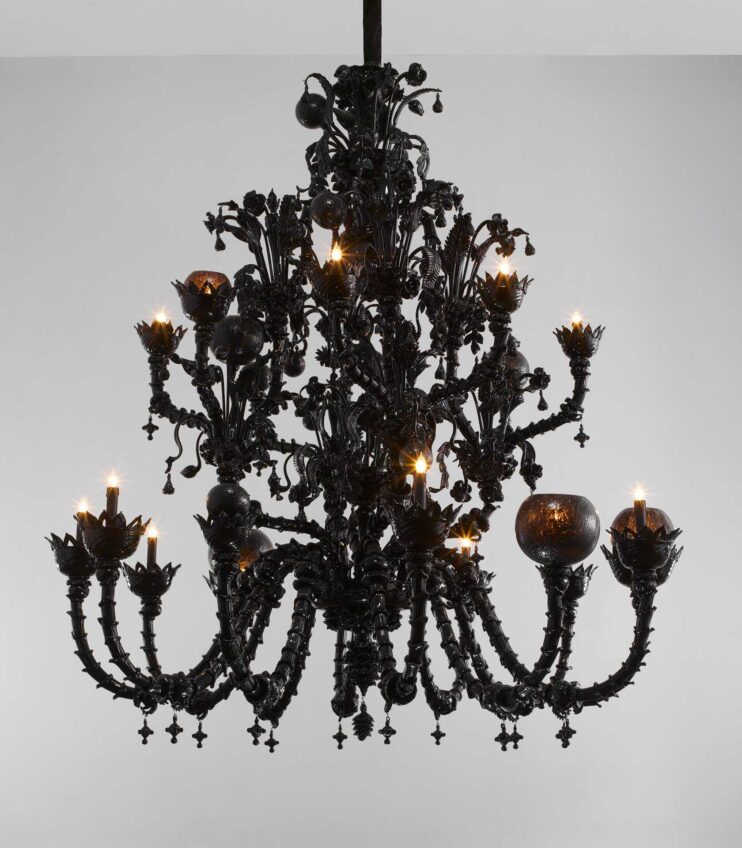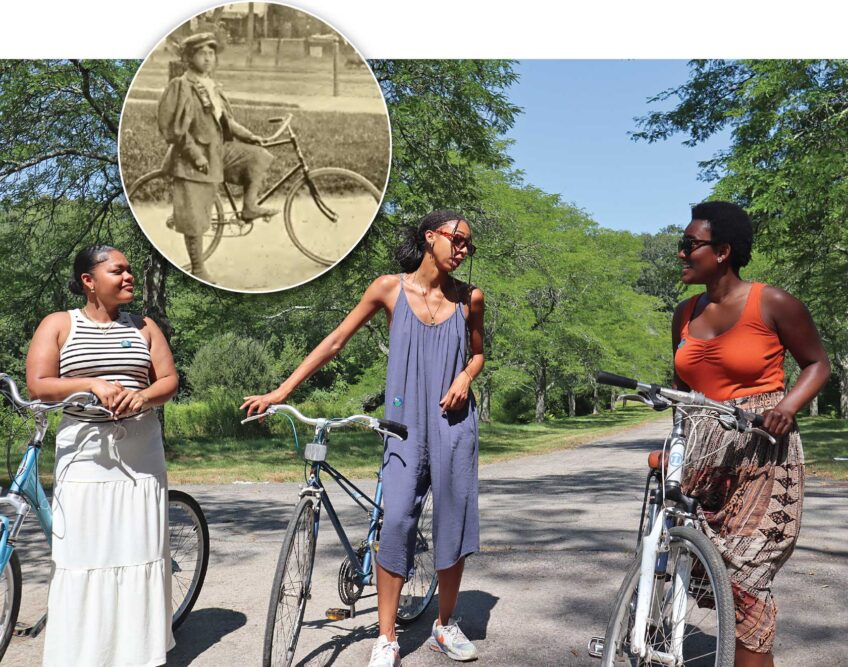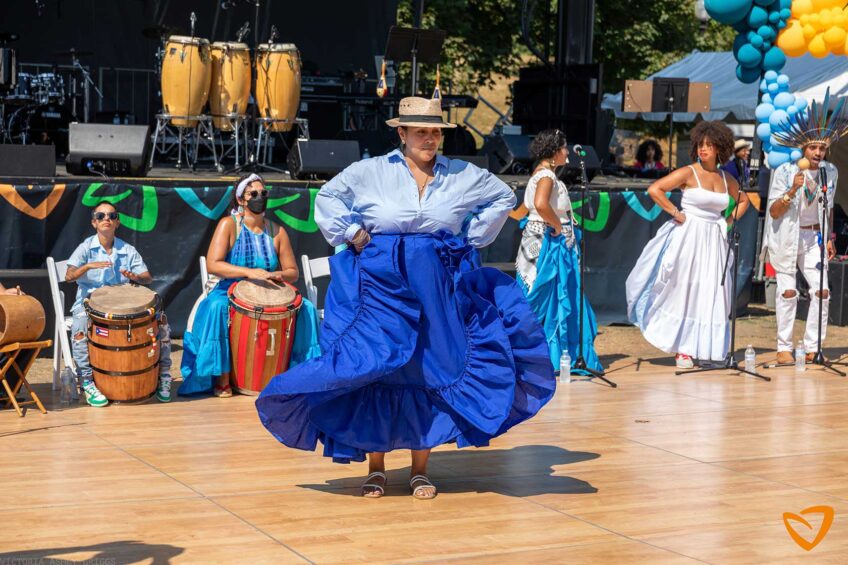Banner [Virtual] Art Gallery
L’Merchie Frazier in conversation with artist Robert Freeman.
![Banner [Virtual] Art Gallery Banner [Virtual] Art Gallery](https://baystatebanner.com/wp-content/uploads/2024/02/RobertFreeman_connections_WM2-1024x842.jpg)
View Banner Art Gallery
Sponsored by the City of Boston | Mayor Michelle Wu
This is the twelfth interview in a weekly series presenting highlights of conversations between leading Black visual artists in New England. In this week’s podcast, L’Merchie Frazier talks to artist Robert Freeman. The interview has been condensed and edited for clarity.
Robert Freeman has exhibited nationally for more than 40 years. His paintings, which explore and celebrate the beauty, elegance and grace of the Black middle class, have been included in the collections of the Museum of Fine Arts Boston, the National Center for Afro-American Artists, the deCordova Museum, Boston Public Library and Brown University. Much of Freeman’s artwork also draws inspiration from his childhood, spent between two cultures: the Gold Coast of West Africa (now Ghana) and the East Coast of the United States. Skillful, brave use of color and gesture are trademarks of his paintings and make his figures nearly abstract.
L’Merchie Frazier: Bob, share with us your life as a child. What makes you tick?
Robert Freeman: I’m not sure what makes me tick. I think it’s a variety of things. I’ll try to talk about my childhood a little bit, because I think that’s where it really started. I remember just making marks on paper as early as I can recall. They would always turn to scribble and the scribble would be little stories that I’d tell. But it would turn the entire paper black.
My parents would look at it and say, “Well, this isn’t art. This isn’t something you’re going to put on the refrigerator.” But it was something I’d always do. Then I had an aunt who said, “You know what? I think he might consider being an artist.” I was about 8 years old. Jon Gnagy’s “Learn to Draw” would come on television. My aunt [Edith]bought me a Jon Gnagy kit back in the early- to mid-’50s. I would draw along with him. So, my scribbles turned to more realism. I always appreciated my aunt for doing that.
Your work “Black Tie” is on display in the governor’s chamber. What did it mean to be represented writ large in Massachusetts?
I’m happy that the work was selected. When Governor Maura Healey called, I thought it was a spam call or a fundraiser, but it really sounded like her on the phone. We chatted. It was nice to know it was going to be near her office.
A little bit of history about the work: “Black Tie” was the first piece that I painted while I was an artist-in-residence. It’s about my wife and I arriving at a black-tie affair late. The music stopped and people stopped dancing. Everyone was looking at us. I wanted to paint the same rather uncomfortable feeling of the person looking at the painting with the painting looking back. That painting has been around for 41 years. When the governor called and said, “This painting is the one that’s going to be in our office,” I thought, “Wow, this is really something.”
If your work were to talk back to you over these past years, what might that conversation be?
I think it would be, “You never know where you’re going with this work. You just kind of follow your heart, your head and your hands.” Sometimes the best of what comes out arrives. That’s always been the way that I’ve tried to work.
When I went to the 2008 inauguration of President Barack Obama, I was in the art district in Washington, D.C., and looked into one of the galleries. There was this enormous painting. I said, “That’s a Robert Freeman.”
The Zenith Gallery. Thank you for remembering that. It was a wonderful gallery that I was with for 15 or 20 years.
Your portraits include one at the Museum of African American History in Boston of activist and filmmaker Henry Hampton, who helped found the museum. What does it mean to be able to paint these kinds of portraits?
It is an honor to paint the people I’ve painted. I’ve learned the skills of portrait painting and drawing, and tonal — light and dark — from Boston University, which was more of an academy when I was there. I remember we drew for almost eight hours a day from models, skeletons and plastic casts, so that we had to really learn what it was that we were looking at — how to see.
View Banner Art Gallery









